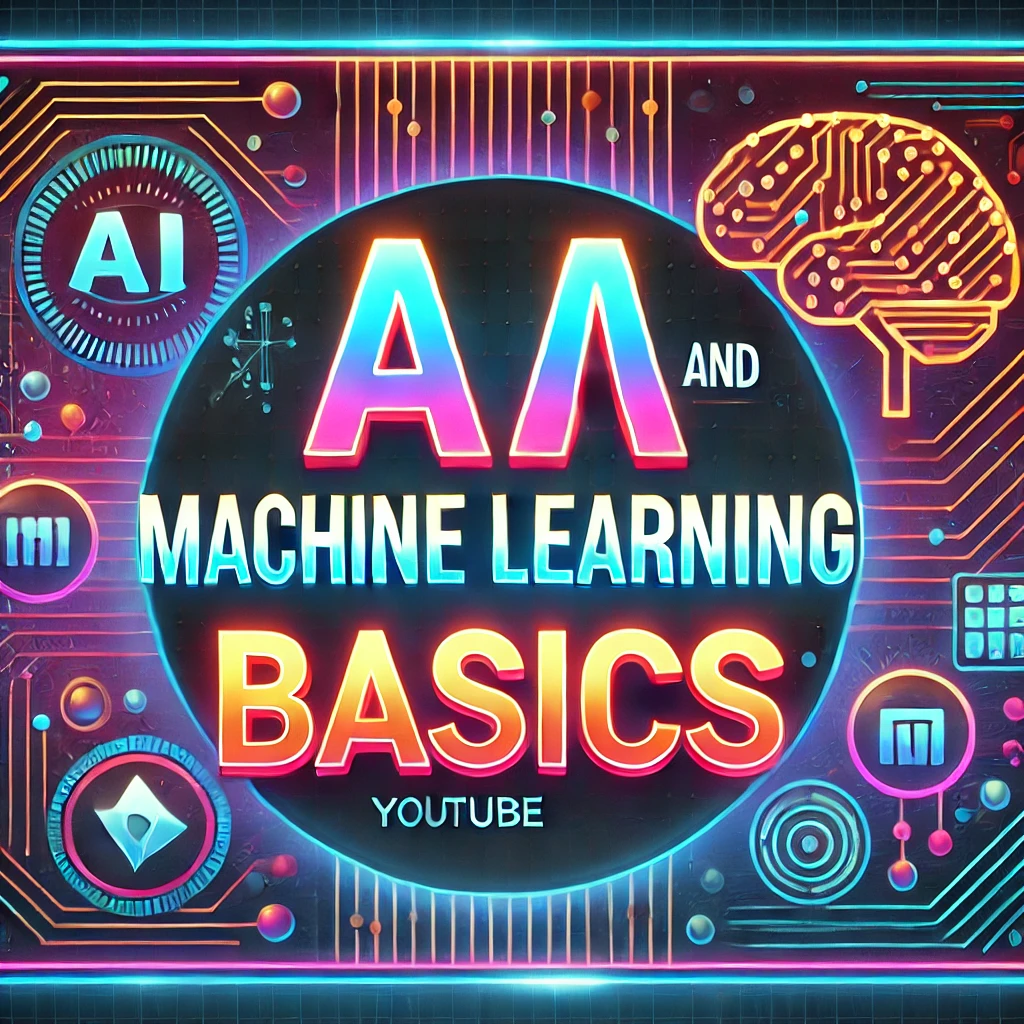Artificial Intelligence (AI) and Machine Learning (ML) are revolutionizing how we interact with technology. AI refers to machines’ ability to perform tasks that typically require human intelligence, such as understanding language, recognizing patterns, and solving problems. Machine Learning, a subset of AI, involves training algorithms to learn from and make predictions or decisions based on data.
At its core, ML uses data to identify patterns. For example, to teach an ML model to recognize cats in photos, it is fed thousands of cat images. The model analyzes these images and learns the unique features that distinguish a cat from other objects. Over time, with more data and training, the model improves its accuracy.
There are three main types of ML: supervised learning, unsupervised learning, and reinforcement learning. Supervised learning uses labeled data to teach the model, while unsupervised learning finds patterns in unlabeled data. Reinforcement learning trains models through trial and error, where they learn to make decisions to maximize a reward.
AI and ML have endless applications, from virtual assistants like Siri and Alexa to personalized recommendations on streaming services and even advancements in healthcare. Understanding these basics opens up a world of possibilities and highlights the transformative power of AI in our everyday lives.
This video is for educational purposes only. Please conduct further research and consult with experts before making decisions based on this content. The creators are not responsible for any actions taken as a result of watching this video.
Like and subscribe to my channel
